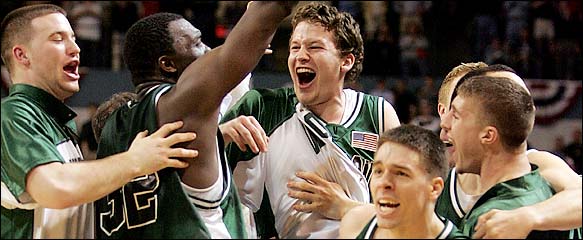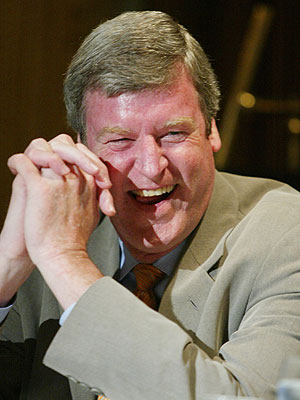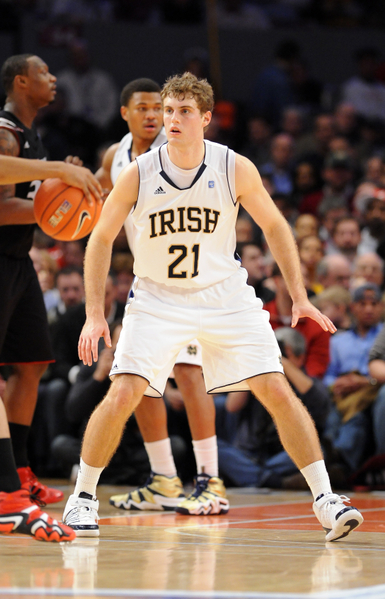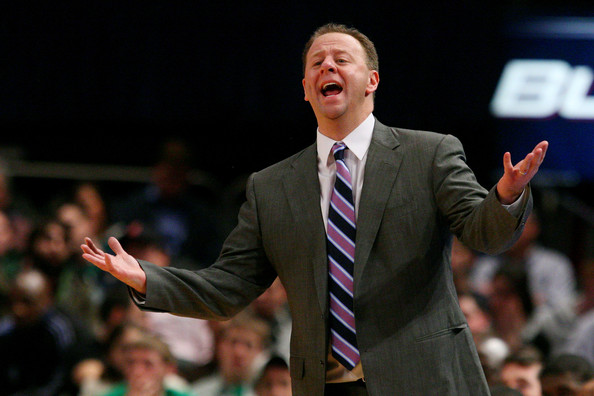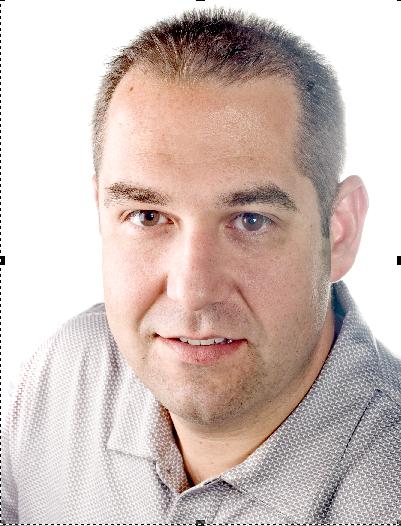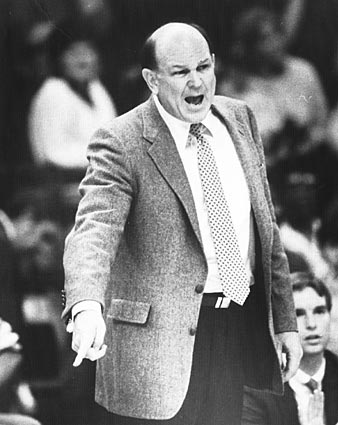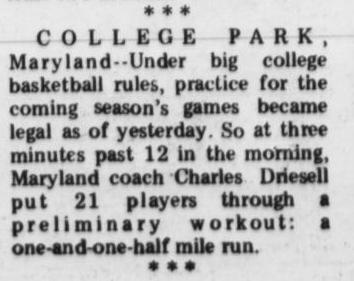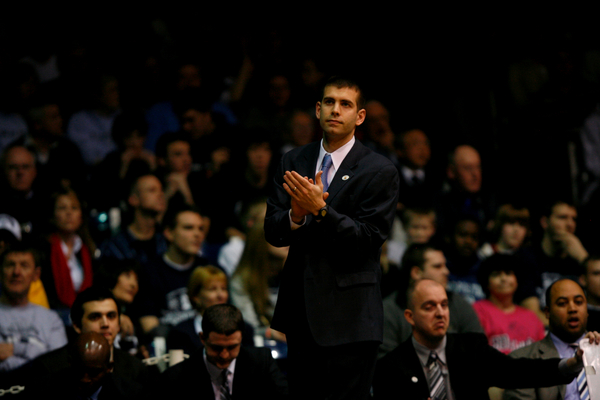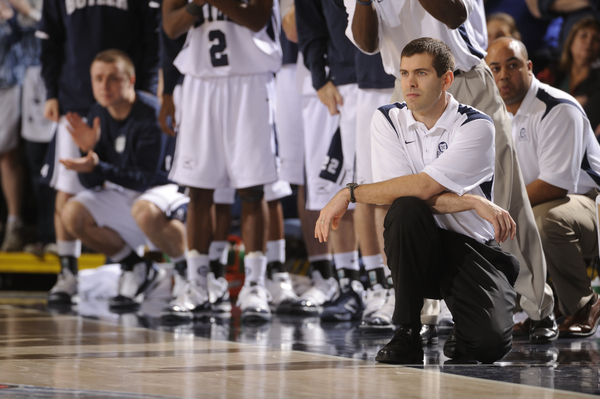The RTC Interview Series: One On One With Clark Kellogg
Posted by nvr1983 on February 1st, 2012
Rush The Court is back with another edition of One on One: An Interview Series, which we will bring you periodically throughout the year. If you have any specific interview requests or want us to interview you, shoot us an email at rushthecourt@yahoo.com.
This time our interview subject is Clark Kellogg. Most of you probably just know Clark from his work at CBS first as a studio analyst, but eventually taking over as one of their lead college basketball analysts replacing Billy Packer. While that is impressive by itself, just saying that would be selling Clark’s on-court accomplishments short. Clark was a McDonald’s All-American, All-Big Ten, and was the #8 overall pick in the 1982 NBA Draft by the Indiana Pacers. In his rookie year, he averaged a ridiculous 20.1 points and 10.6 rebounds per game while being named All-Rookie First Team, but his career was cut short due to knee injuries. Clark joined to talk about college basketball and the Capital One Cup.
Rush The Court: One of the big topics in college sports recently has been the issue of paying athletes, whether it is the $2,000 stipend or more radical proposals. What are your thoughts on what has been proposed and how realistic do you think the proposals have been?
Clark Kellogg: I think it is a worthwhile proposal and it is realistic. Obviously, you have to look at the budgetary constraints of different programs, but I think that every Division I player in the major revenue-producing sports (men’s basketball and men’s football) because the demands of the scholarship are a full-time job should be able to supplement that with the cost of attendance, which is what the stipend is attempting to close the gap on. I think it is reasonable and practical. Obviously, it raises a question as to how you do that and what’s the right amount, but I think it is a good proposal and one that should be implemented and I think it will be in some form and fashion. I think it is a positive step because of the nature of those two sports and because of the demands on the time and minds and bodies of those student-athletes it is a full-time job and the cost of attending college is more than the cost of tuition, food, room, board, and books. That is a wonderful blessing to have that covered. All three of our children have been Division I scholarship athletes and we understand the blessing that is, but at the same time I was in a position to send each of my kids a certain amount of money each month to cover some of the incidental expenses. I think it makes sense for the universities to try and cover some of those incidental costs.
RTC: Getting back to basketball itself, one of the topics that after UNC got blown out by 33 points at Florida State people started to suggest that they are not a championship team. [Clark laughing in the background.] That championship teams don’t get blown out like that [more laughter] and they cite all these figures about how no championship team has ever lost by that much.
CK: Can you tell by my reaction? [Even more laughter] I think that is nonsensical. You play 30 to 35 games in college basketball and everybody is going to get drummed. I don’t care if you are championship caliber or not. There are a lot of factors that go into being drummed. One is being on the road. Two you play against a good team that has a terrific performance. Three is you are human; there are all kind of things: travel, finals, schools, 18- to 22-year old guys being brain neutral and not there. It happens in the NBA. Teams that win the championship get beat badly sometimes. That doesn’t change who they are. Now if it becomes a pattern then that is different, but a one-game situation I just chuckle when people say that. It is part of the context of our culture because we so want to analyze something every five or 10 minutes and make a conclusion about it. A season is indeed a season. It is made up of individual games and some games are going to be better than others. It is about consistency. It’s about being healthy. It’s about getting better. Every now and then you are going to have a game that is inexplicable. You could go crazy and make 8 out of 13 three-pointers. How often is that going to happen? So it goes both ways. It was comical to me that people automatically started thinking that Carolina was unworthy of being one of the favorites to get to New Orleans. Now they have got issues with [Dexter] Strickland being out. Who steps into his role? That is more something to analyze than the fact that they got blasted in Tallahassee.
































